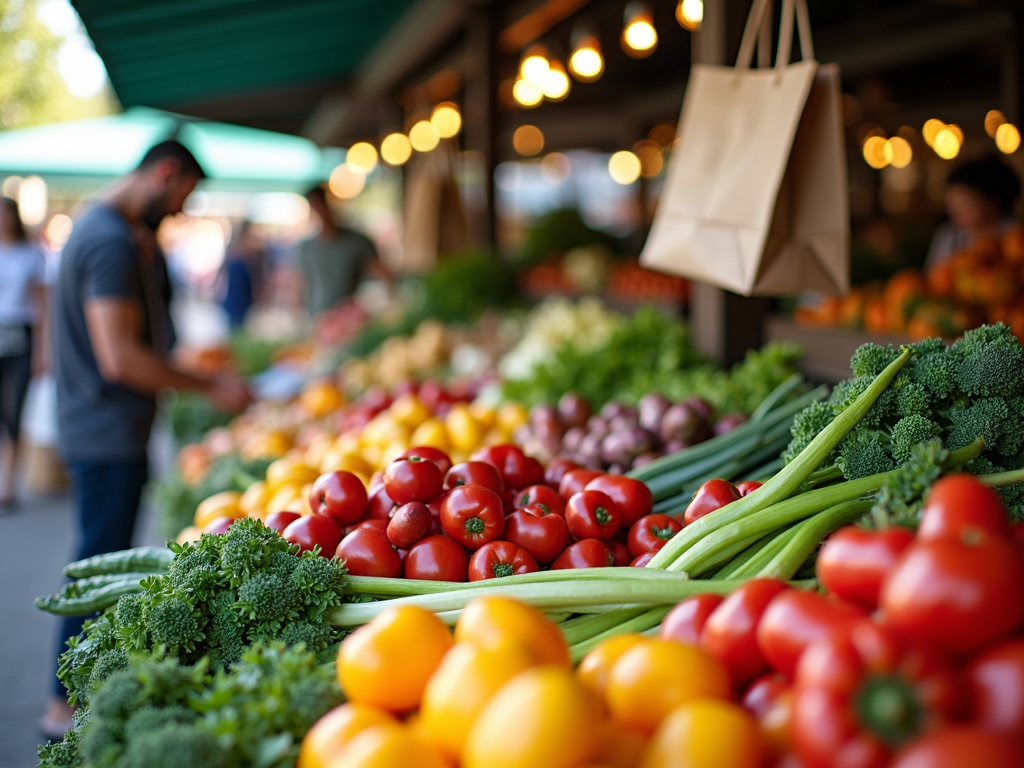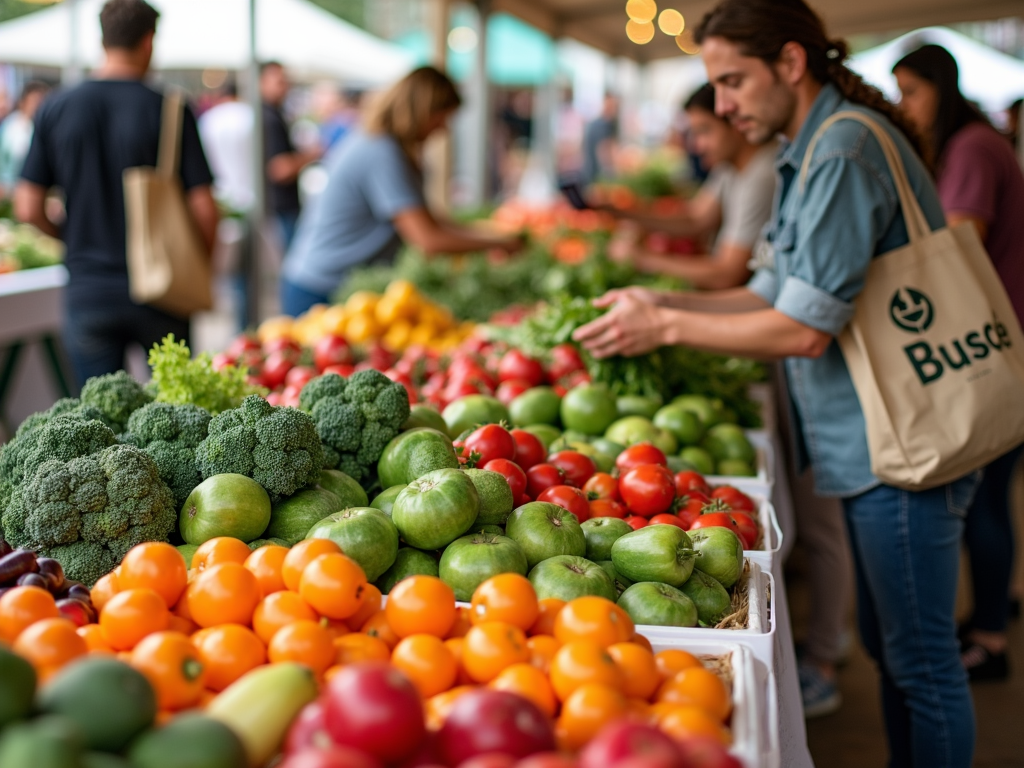Food waste is a significant issue that presents both financial and ecological challenges. For investors and private savers, reducing food waste offers a double dividend: it is possible to cut costs and contribute to sustainability. This article highlights two decisive strategies to achieve this goal: purchase planning and using leftovers. Each approach will be examined in detail, offering practical advice that protects both your wallet and the environment.
Effective Purchase Strategies: Plan, Buy, and Save for a Sustainable Future

Effective planning of purchases and conscious shopping habits are essential to avoid food waste and save both money and environmental resources. Meal planning is a crucial step. By planning meals in advance for the upcoming week, you can avoid impulsive purchases and ensure that you only buy the necessary products. This leads to targeted purchases and reduces the likelihood that excess food will go unused or spoil.
Another important element is creating a detailed shopping list. Based on your planned menu, you can accurately determine which ingredients are truly needed. This list not only serves as a practical guide during shopping but also helps avoid unforeseen purchases that often lead to food waste.
Digital tools like apps can be very helpful. They offer the ability to keep track of shopping lists, manage inventories, and access this information on the go. This allows you to stay in control whether you are at home or in the store.
During the shopping itself, it is important to make conscious decisions. Do not be fooled by alleged bargains or large packages that you will not be able to use fully. Focus on the products you really need. Purchasing regional and seasonal products can not only ensure freshness but also reduce the environmental impact caused by long transport distances.
Another aspect of sustainable purchasing practice is avoiding packaging waste. Use reusable containers and bags to reduce the use of single-use plastic. Not only during shopping, but also in storage, it is important to pay attention to efficiency. Using cooler bags for transporting and storing perishable foods in the coldest part of the refrigerator can prolong their shelf life.
The benefits of a well-organized approach are manifold. A well-planned shopping list not only saves money but also reduces unnecessary stress during shopping. At the same time, you are making a valuable contribution to protecting the environment by minimizing food waste and packaging waste. Implementing these strategies is a step towards a more conscious and sustainable lifestyle that saves both your finances and our natural resources.
From Leftovers to Resources: Effective Techniques for Saving Food

Given the urgent need to implement more sustainable practices, the art of using leftovers emerges as a key strategy to reduce food waste. Utilizing leftover food not only helps minimize waste but also enhances your culinary skills and ultimately saves money.
Using leftovers is at the heart of our approach. Start using vegetable scraps smartly in the kitchen. Instead of throwing away onion peels, leftover celery, or carrots, you can use them as a base for flavorful broths or soups. At the same time, leftover ingredients, such as vegetables or cooked rice, are excellent for stir-fry dishes. Thus, what seems like waste in the kitchen quickly transforms into a tasty and nutritious meal. Even bread offers numerous possibilities for use: from golden croutons, to savory bread pudding, to homemade breadcrumbs – the options are endless.
Another often-overlooked aspect is freezing leftovers. Whether vegetables, bread, or sauces, many foods freeze perfectly and can be easily thawed when needed without losing quality. This way, they last longer and are ready when you need them. This not only prevents their excessive waste but also offers some flexibility in meal planning.
In addition to the creative use of leftovers, proper storage of food plays a crucial role. Despite all precautions taken during shopping and planning, effective organization of the refrigerator is essential. Place older foods in front so they are consumed first, while new products go in the back. This prevents food from falling into obscurity and deteriorating unused. For products like potatoes or garlic, it is advisable to store them in a dark, dry place to prolong their shelf life. Using appropriate containers and storage techniques can also help extend freshness.
Finally, it is important to emphasize that planning and organization are key to successfully reducing food waste. Through careful planning of purchases and the conscious choice of flexible foods that can be used in multiple dishes, you not only reduce waste but also promote a lifestyle that saves resources. Thus, through small but conscious changes in our daily habits, we can make a significant contribution to the environment and our budget.